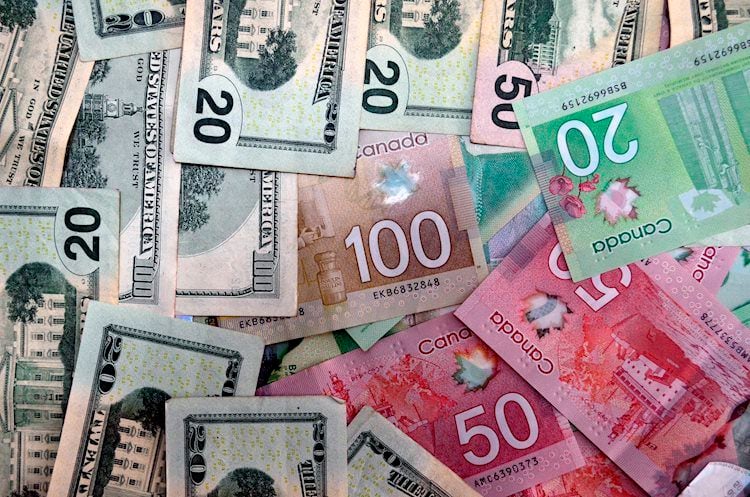Jobs
USD/CAD falls sharply to 1.3630 as strong Canadian Employment numbers

- `USD/CAD drops sharply to 1.3630 after strong Canadian Employment data.
- Canadian job market expanded by 90.4K fresh payrolls while annual wage growth slowed to 4.8%.
- Fed Bostic said the central bank is uncertain about when and how much interest rates should be reduced.
The USD/CAD pair faces a sharp sell-off to 1.3630 in Friday’s early New York session as Statistics Canada has posted strong Canadian Employment data. The agency showed that the employers hired 90.4K job-seekers in April, significantly higher than the consensus of 18K. In March, the job market recorded a lay-off of 2.2K employees.
The Unemployment Rate remains steady at 6.1% while investors estimated the joblessness to rise to 6.2%. However, the annual Average Hourly Wages declined to 4.8% from 5.0% in March. Average Hourly Wages data is a leading indicator of wage growth. Slower wage growth reduces the consumer spending pace, which exhibits a soft inflation outlook.
The impact of overall Employment data is expected to be lower on Bank of Canada’s (BoC) interest rate outlook as strong job additions will offset slower wage growth.
Meanwhile, the appeal of the Canadian Dollar remains strong due to a sharp recovery in the Oil price. West Texas Intermediate (WTI), futures on NYMEX, continues its winning spell for the third trading session on Friday amid firm speculation that the Federal Reserve (Fed) will pivot to policy normalization from the September meeting. It is worth noting that Canada is the leading exporter of Oil to the United States and higher Oil prices support the Canadian Dollar.
On the US Dollar front, steadily cooling US labor market conditions have kept the US Dollar’s upside limited. The US Dollar Index, which tracks the Greenback’s value against six major currencies, rebounds slightly from the crucial support of 105.00. While investors remain optimistic that the Fed will start to reduce interest rates in September, policymakers are still uncertain about rate cuts. In the American session, Atlanta Federal Reserve President Raphael Bostic said the central bank is considering rate cuts this year but is uncertain about when and how much quantitative easing will occur.








